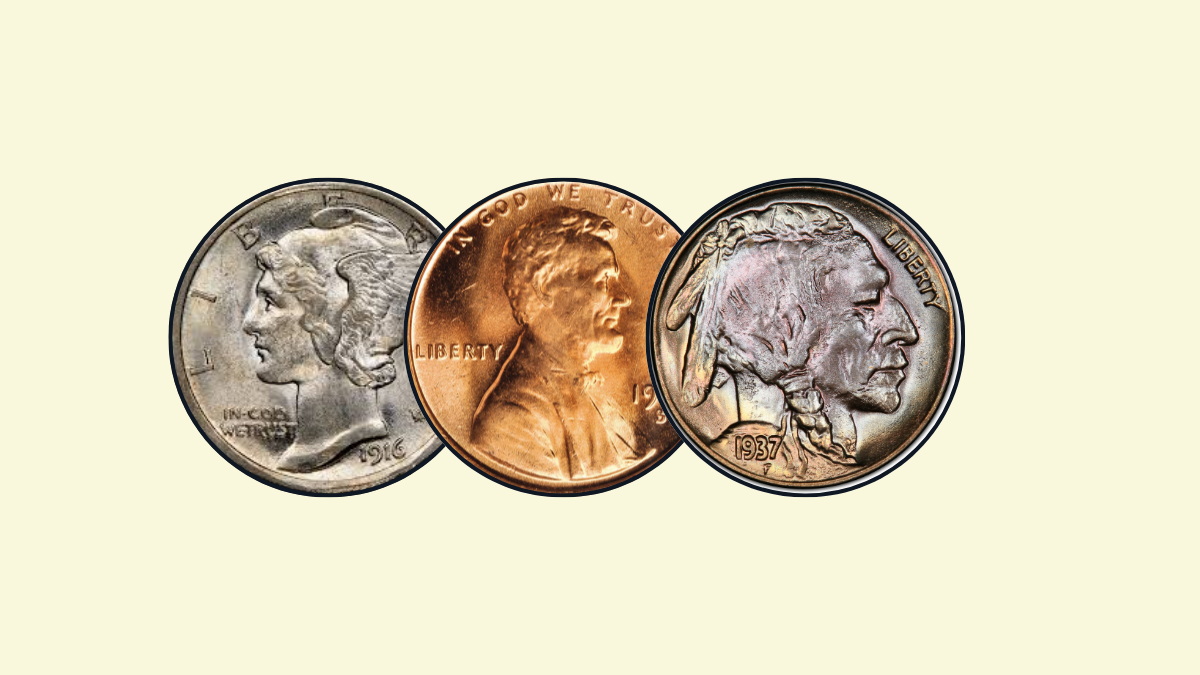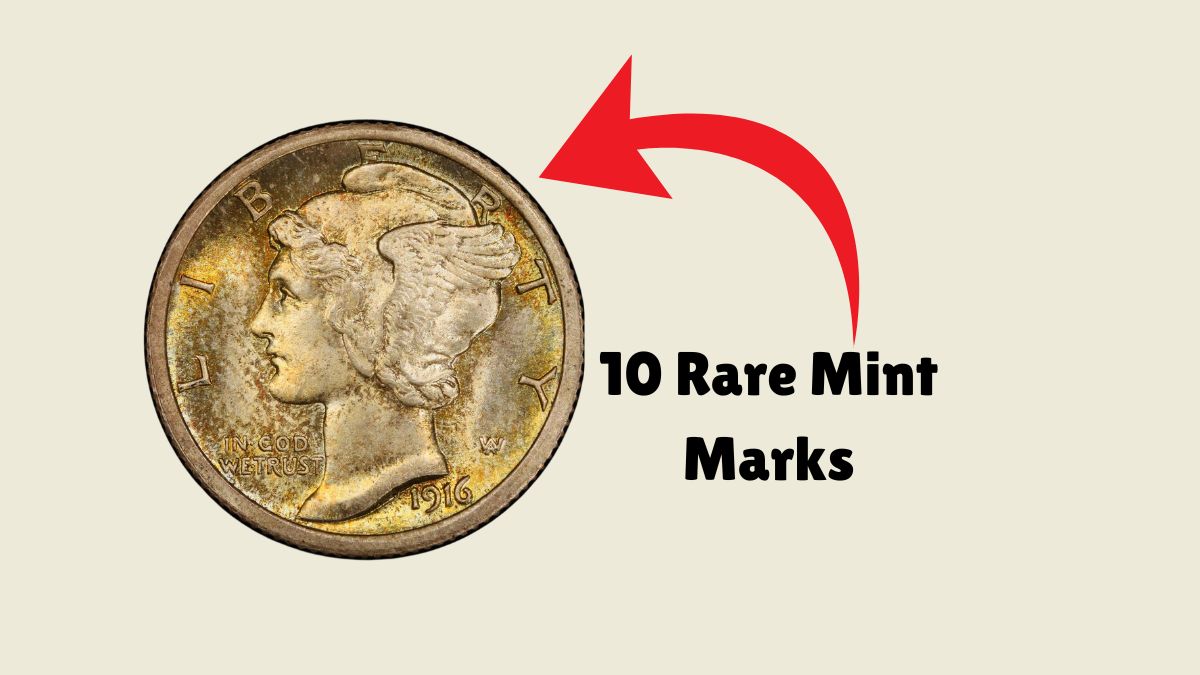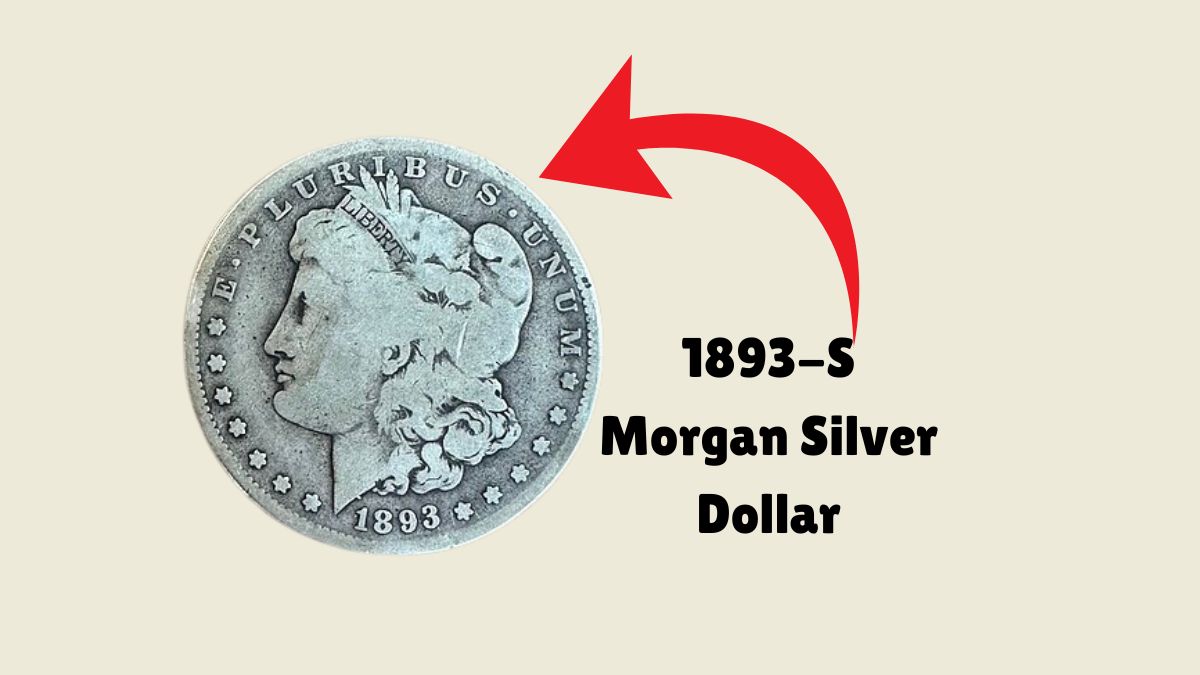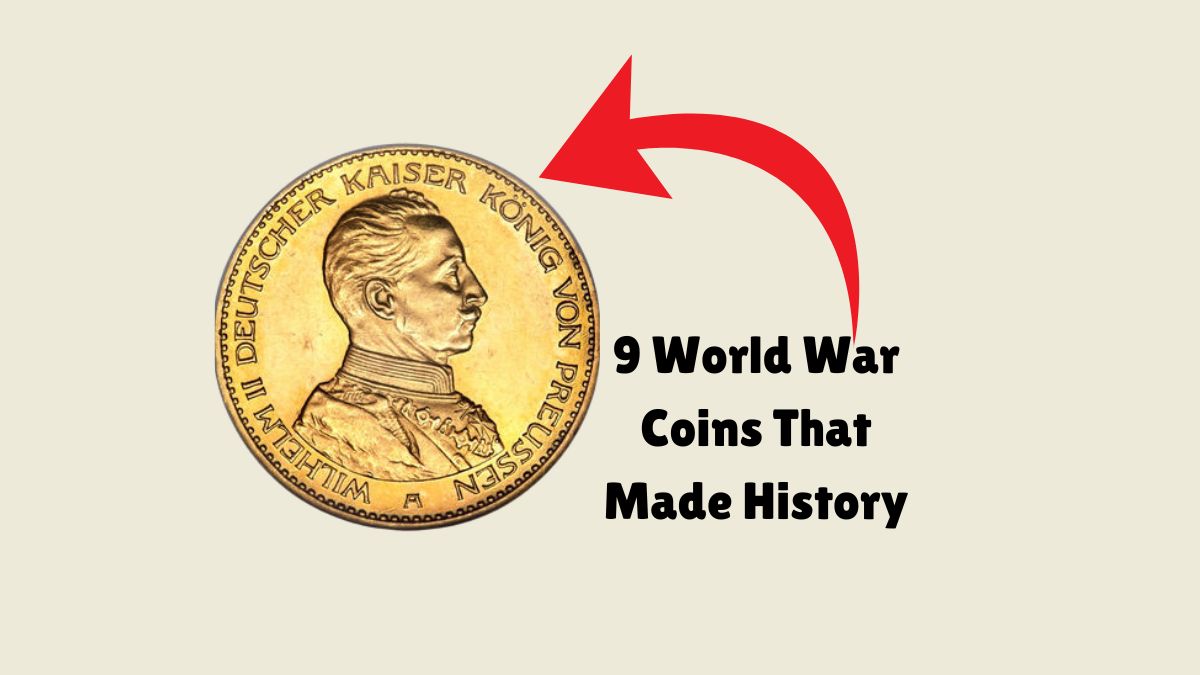Everyday transactions might leave you with more than just spare change; they could place rare U.S. coins right into your hands. Identifying these hidden treasures requires a keen eye and some knowledge. Here’s how to spot rare U.S. coins in your pocket change.
Understanding Rare U.S. Coins
Rare U.S. coins have limited mintage, unique errors, or historical significance that make them valuable to collectors. Age, minting errors, and mint marks contribute to a coin’s rarity and value.
Key Features to Identify Rare U.S. Coins
Mint Marks
Mint marks indicate where a coin was produced. Coins from certain mints, like the Denver (‘D’) or San Francisco (‘S’) mints, can be rarer, especially if produced in limited quantities. For example, the 1916-D Mercury Dime, minted in Denver, is highly sought after due to its low mintage of only 264,000 units.
Errors and Variations
Coins with minting errors, such as doubled dies, off-center strikes, or missing elements, are rare. The 1969-S Lincoln Cent with a Doubled Die Obverse is exceedingly rare and valuable.
Historical Significance
Coins from specific years or with unique designs can be valuable. The 1909-S VDB penny, with only 484,000 minted, is a prime example.
Common Rare U.S. Coins to Look For
| Coin Type | Year(s) | Distinguishing Features | Approximate Value Range* |
|---|---|---|---|
| 1969-S Lincoln Cent | 1969 | Doubled Die Obverse | Up to $24,000 |
| 1916-D Mercury Dime | 1916 | ‘D’ mint mark; low mintage | Up to $152,750 |
| 1937-D Buffalo Nickel | 1937 | Missing front leg on the buffalo (‘Three-Legged’) | Up to $240,000 |
| 1955 Lincoln Cent | 1955 | Doubled Die Obverse | Up to $1,800 |
| 1999 Wide AM Lincoln Cent | 1999 | Wide spacing between ‘A’ and ‘M’ in ‘AMERICA’ | Up to $500 |
| 1982-D Small Date Cent | 1982 | Small date; copper composition; weighs 3.1 grams | Up to $18,800 |
| 1970-S Small Date Cent | 1970 | Small date; ‘S’ mint mark | Up to $3,000 |
| 1992 Close AM Lincoln Cent | 1992 | Close spacing between ‘A’ and ‘M’ in ‘AMERICA’ | Up to $25,000 |
| 1943 Copper Cent | 1943 | Copper composition instead of steel | Over $100,000 |
| 1968 No ‘S’ Dime | 1968 | Missing ‘S’ mint mark; proof coin | Up to $45,600 |
Tips for Finding Rare U.S. Coins
- Examine Your Change: Regularly check your coins for unusual features or dates.
- Use a Magnifier: A magnifying glass can help spot minute details like doubling or mint marks.
- Stay Informed: Keep up with numismatic news to learn about newly discovered errors or valuable coins.
Preserving the Value of Rare U.S. Coins
If you find a potentially rare coin, handle it carefully:
- Avoid Cleaning: Cleaning can reduce a coin’s value.
- Store Properly: Keep coins in a cool, dry place, preferably in protective holders.
- Seek Professional Grading: Consider having the coin graded by a professional service to authenticate and assess its condition.
FAQs
What makes a U.S. coin rare?
Factors include low mintage numbers, minting errors, historical significance, and unique design features.
How can I determine the value of a rare U.S. coin?
Consult coin value guides, seek professional appraisals, or check recent auction results for similar coins.
Are older coins always more valuable?
Not necessarily. Rarity, demand, and condition play more significant roles in determining a coin’s value.
Where can I sell rare U.S. coins?
Options include coin dealers, auctions, online marketplaces, or coin shows.
What should I do if I find a rare coin?
Handle it carefully, avoid cleaning, store it properly, and consider getting it professionally graded.




